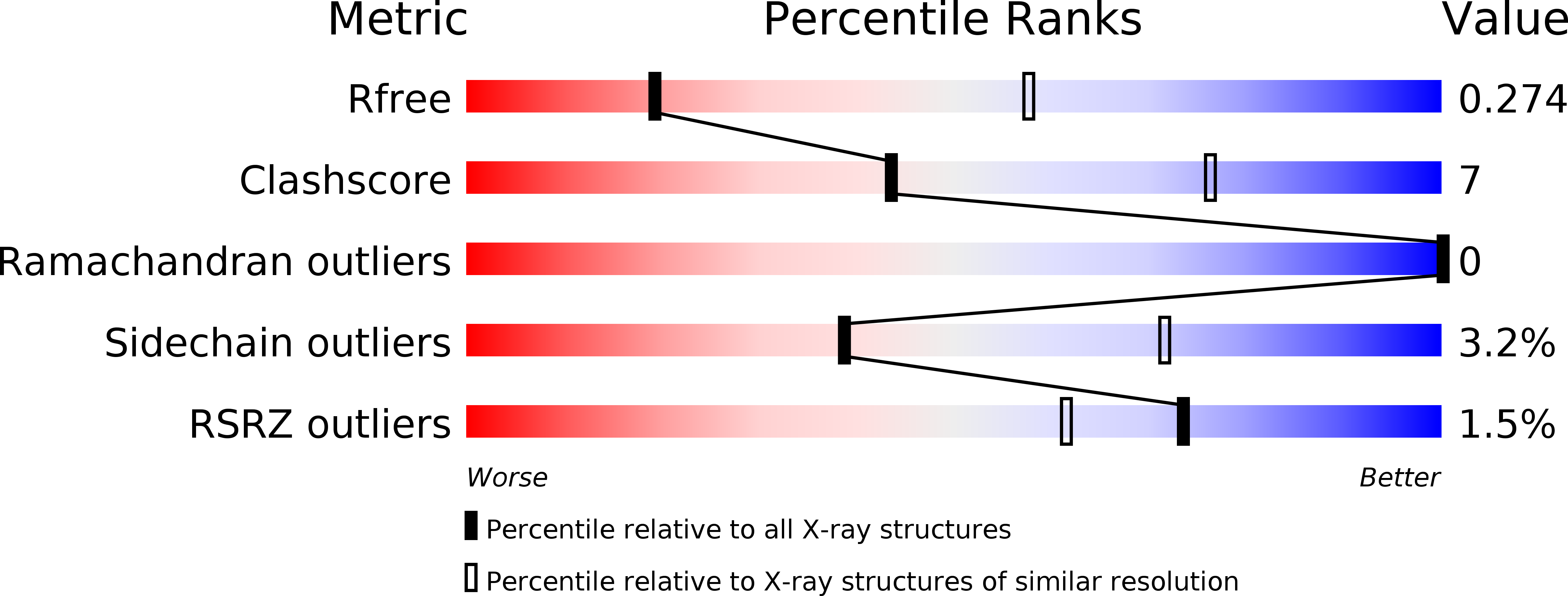
Deposition Date
2017-10-10
Release Date
2018-10-17
Last Version Date
2024-10-23
Entry Detail
Biological Source:
Source Organism:
Homo sapiens (Taxon ID: 9606)
unidentified (Taxon ID: 32644)
unidentified (Taxon ID: 32644)
Host Organism:
Method Details:
Experimental Method:
Resolution:
3.20 Å
R-Value Free:
0.27
R-Value Work:
0.23
R-Value Observed:
0.23
Space Group:
P 21 21 21


